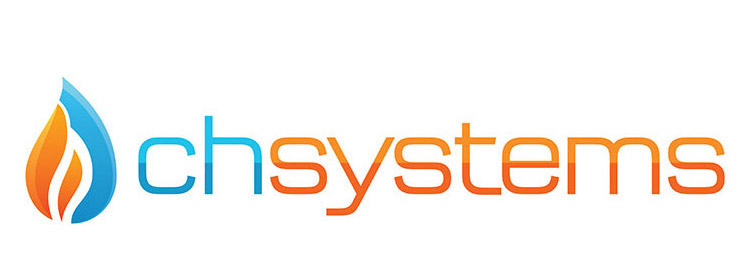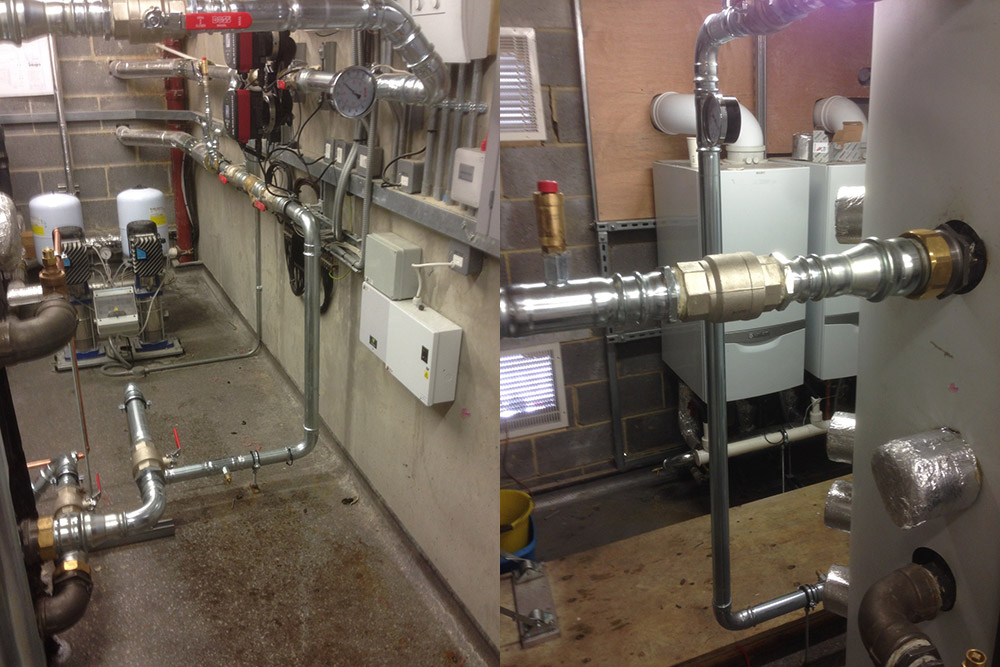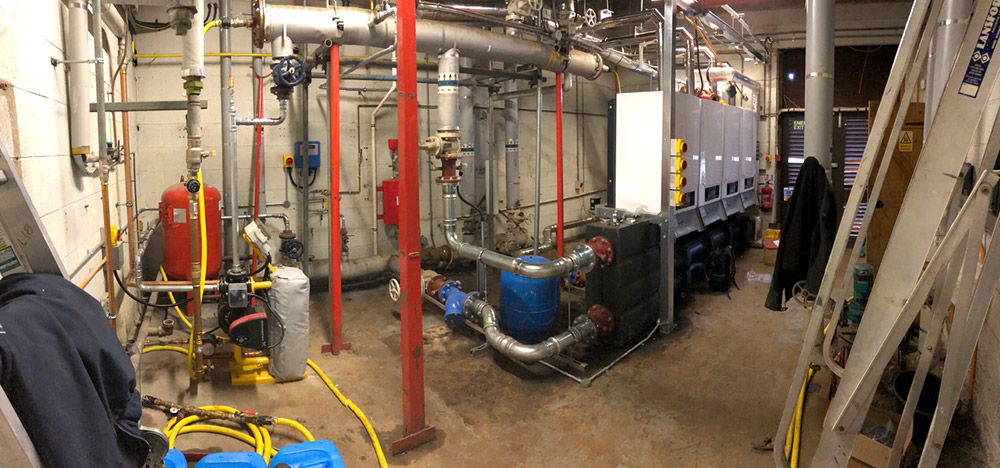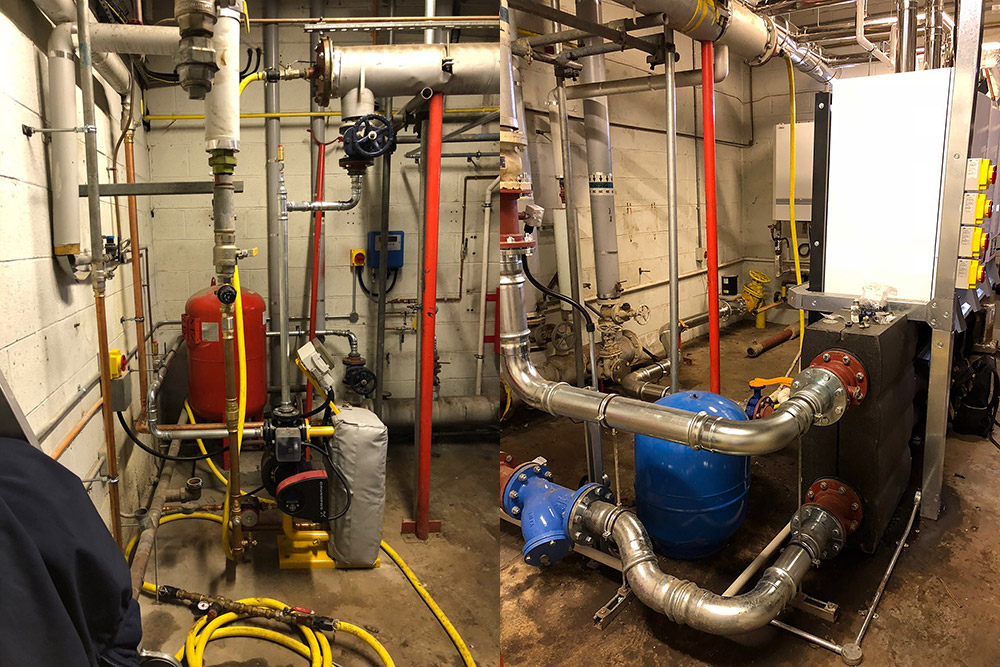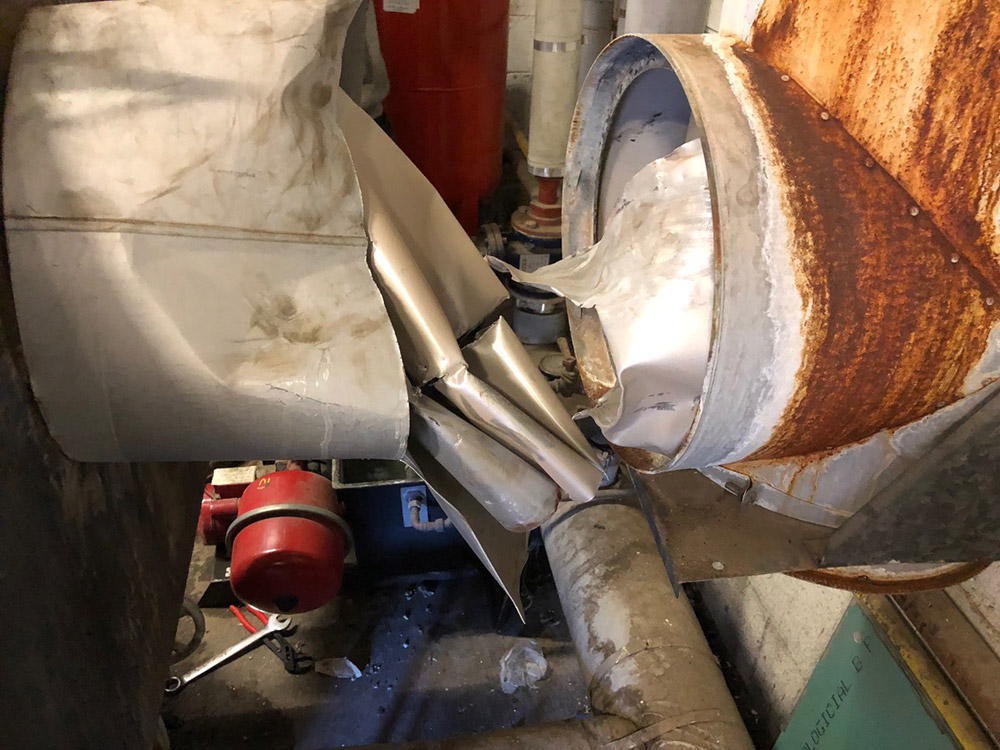What is the ideal office temperature?
Too hot, too cold – you can’t please everyone when it comes to the perfect office temperature. A 2015 survey of 129 office workers in the US found that 42 per cent of people think their building is too warm, while 56 per cent think it’s too cold. And it’s a significant disagreement because temperature affects productivity – if you’re swearing at your desk, you’ll have trouble applying yourself to your tasks at work, and the same applies if you’re bundled up in jackets. So, what is the optimum working temperature?
Government website Gov.uk says that there’s no law for minimum or maximum working temperatures, other than a suggested minimum of 16°C or 13°C if employees are doing physical work. There are, however, stipulations that during working hours the temperature in all indoor workplaces must be reasonable and that according to health and safety at work law, employers must keep the temperature at a comfortable level, and provide clean and fresh air. Helpful but also vague.
To give a more pointed answer out to the conundrum that is office temperature, researchers at the Lawrence Berkeley National Laboratory collected productivity readings and temperature recordings from 24 different studies and found that the perfect temperature should be between 20°C and 25°C. This might seem a tad too warm but another study that looked at the thermal effects on office productivity by measuring the activity of clerks in an insurance office, found that at 25°C the clerks were typing non-stop with an error rate of just 10 per cent. When the temperature dropped five degrees, they were half as productive, more than doubling the number of mistakes.
It seems that, as per research (and there is so much more of it than the couple of studies mentioned here), 21°C-25°C is a sensible temperature range to aim for in the workplace. Along with that, employees should be encouraged to dress appropriately (on an effort to moderate their temperature) and to verbalise their concerns if they feel that the office temperature is affecting their concentration and productivity.
Contact the CH Systems team on 0208 302 8149 or info@chsystems.co.uk if you have any energy queries relating to your home or business.
Sources: bbc.com – “The never-ending battle over the best office temperature”; “How temperature affects productivity in the workplace”
